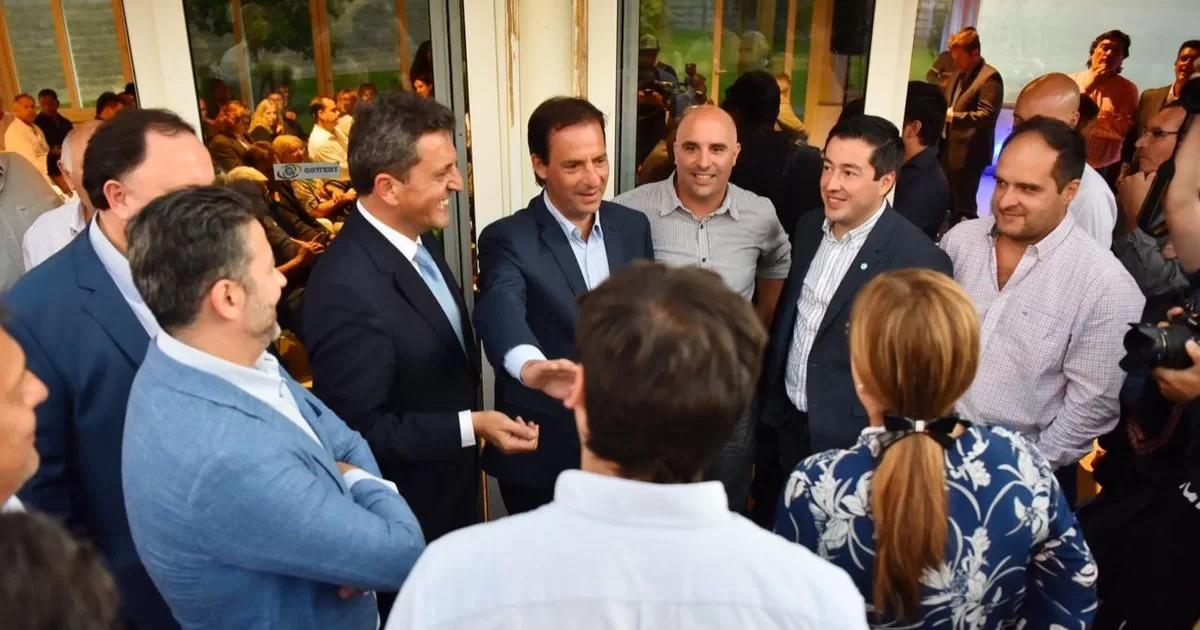Chatbot ChatGPT has taken the internet and the world by storm.
The robot works in such a way that it answers the questions it is asked. The answers the robot comes up with impress many. ChatGPT has got everything from top grades at prestigious studies for a job interview.
This is ChatGPT
The chatbot ChatGPT was created by OpenAI, a company that researches artificial intelligence.
Right now it is in the development phase, and the feedback that comes from users of the chatbot will be used to further develop the robot’s software.
According to OpenAI, in addition to entering into a dialogue with the user, the chatbot can also admit its mistakes, challenge incorrect premises and reject inappropriate requests.
Source: OpenAI.
The robot is a so-called language model. It uses millions of texts from the internet, Wikipedia and books to think up what could be the next word of the sentence.
Even if the robot answers in Norwegian, it uses sources that are not Norwegian. More than half of the text material in the “belly” of the robot is American, says Jill Walker Rettberg.
She researches digital culture at the University of Bergen.
– It knows about Disney and Cinderella, but not the cardamom law, says Walker Rettberg to TV 2
She believes the chatbot is so-called multilingual, but monocultural. She wrote that on her blog last year.
– Self-harvested
Walker Rettberg fears that Norwegian culture will be marginalised.
– The more we use artificial intelligence, the more it will generate the same culture. It could perhaps lead to us losing the Norwegian references and that is a shame.
– Isn’t most of online culture already in English?
– Yes, but if the most important tools we use exclude Norwegian culture, then it is problematic for the future, says Walker Rettberg, who also points out that cultures always develop.
ARTIFICIAL INTELLIGENCE: The National Library has digitized large parts of the Norwegian cultural heritage. Photo: Truls Aagedal / TV 2
National Librarian Aslak Sira Myhre says that the National Library has been working on these issues for many years already.
– This is not about political will or that “someone hasn’t got it”. It’s just that it’s very complicated and difficult, both technically and in terms of rights.
He says that ChatGPT is based on material that is openly available on the internet.
– ChatGPT is not fed on American culture, it has self-harvested American culture because that is what dominates the web. This is how you create the basis for this type of artificial intelligence, says the national librarian.
Copyright
Sira Myhre also says that they are now working on looking at how much work and resources it will require to create a Norwegian chatbot.
WORK: Sira Myre says that no other country has its own ChatGPT. But in Norwegian we have a good starting point. Photo: Carina Johansen
– We have already created a language model that understands Norwegian very well. It is better than Google’s. We also have raw material with Norwegian texts.
– It is basically not the National Library’s task to create a Chatrobot. On the other hand, we create the tools for artificial intelligence to work in Norwegian, says Sira Myhre.
He also says that the National Library is trying to find out what it takes to be able to create something similar to a Norwegian ChatGPT.
– Then you have to use OpenAI or Google or others’ platforms. and they also have rules that may conflict with copyright and other regulations, says Sira Myhre.
– Unique situation
The National Library’s archives contain everything from Norwegian newspapers, books, broadcasting, radio, film, music, posters and documents. The National Library has digitized far more of its archive than any other country in the world.
SHAME: The archive at the National Library contains most of Norwegian cultural heritage. Here the actors from the series Skam are standing and looking at the script from the series that was exhibited in 2018. Photo: Fredrik Hagen
Much of it is subject to copyright and therefore cannot be posted openly on the internet.
Therefore, the material is also not picked up when robots trawl the internet. In addition, the overall Norwegian text archive is very small compared to what is available in English.
– Google tried for many years to gain access to archives like ours. They didn’t get that. The entire trust in the National Library is based on us not giving this up, says Sira Myhre.
– Norway is in a completely unique situation because we have digitized so much of our cultural heritage. We have a good starting point.
– Not so strange
The Ministry of Local Government and Districts is responsible for artificial intelligence. They are not particularly concerned that there are no chatbots with “Norwegian values”.
State Secretary Gunn Karin Gjul from the Labor Party writes to TV 2 that there are several Norwegian companies that make chatbots that are used by Norwegian companies and municipalities.
FAR: State Secretary Gunn Karin Gjul from the Labor Party believes we have come a long way in Norway. Photo: Trond A. Isaksen
– In relation to its size, Norway is a country with large digitized resources that can be used to train artificial intelligence, also within language, writes Gjul.
– The fact that there are no Norwegian chatbots that can be compared to ChatGPT is not so surprising. There are no other companies in the world that have the resources or expertise to match the company behind this one.




